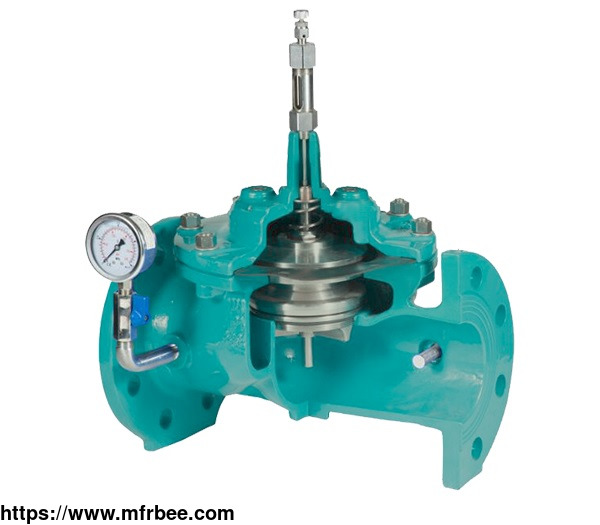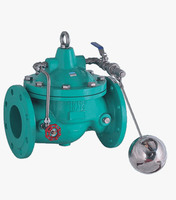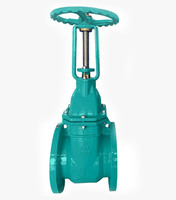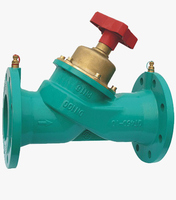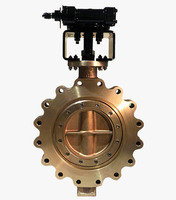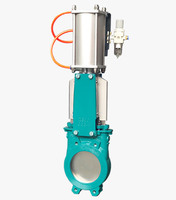Altitude Control Valve
Product Quick Detail
- Place Of Origin
- China
- Minimum Order
- 1
- Packaging
- Wooden Crate
- Delivery
- Within 30 days
Specifications
Features of Altitude Control Valve
Automatic tank fill and shut-off without the use of floats or sensors;
Accurate shut-off to within inches of set point;
High level point adjustable with single screw;
Exhaust-to-atmosphere operation allows minimum pressure loss.
Altitude Control Valve Working Principle
Altitude valve closes at a preset maximum water level to prevent overflow from an above-ground storage tank or cistern and opens to replenish water when the level of the storage tank or cistern is
lowered. Altitude control valve controls the high water level of the reservoir without floats or other devices. It remains fully open until it reaches the closed water level. The valve is designed
for one-way flow only. The valve is hydraulically operated with a pilot control. The pilot control operates based on the force difference between the spring load and the water level in the
reservoir. The pilot control measures the reservoir head through a customer supplied sensing tube connected directly to the reservoir.
Altitude Control Valve Installation and Commissioning
In areas where freezing temperatures are possible, the valve should be located in a vault below the frost line. For specific use, please consult Zeco Valve Group.
Altitude Control Valve Material and Standard
Face to Face Dimensions: AMSE B16.10, EN558-1
Flange End Dimension: AMSE B16.5/16.42, AS4087, EN1092-2
Coating: WRAS approved Fusion Bonded Epoxy Coating
Inspection and Test: ISO 5208 / EN 12226-2
Part Material Standard
Body Ductile Iron EN 1563/DIN 1693
Bonnet Ductile Iron EN 1563/DIN 1693
Trim Stainless Steel 304 EN 10088-1/ASTM A959
Seat Stainless Steel 304 EN 10088-1/ASTM A959
Diaphragm EPDM / NBR ISO 4633
Pilot Valve Stainless Steel 304 EN 10088-1/ASTM A959
For materials options not listed, consult factory.
Zeco manufactures valves in more than 50 different alloys.
Want to know altitude valve price and altitude valve operation, please contact us.
- Country: China (Mainland)
- Business Type: Manufacturer
- Market:G20,Asia,Middle,Europe
- Founded Year:1991
- Address:No.3999, Cao'an Road, JiaDing District, Shanghai, China
- Contact:Jerry Zhao
Other products from ZECO VALVE GROUP CO., LTD.
Relate products of Altitude Control Valve
R610/R640/R650 Series China Self-operated Control Valve
A self-operated control valve, also known as a self operated pressure control valve or self operated temperature control valve, is an auto control valve that relies on the pressure and temperature of the medium flowing through the valve as an energy source to drive the self ...
Ball Control Valve
The Ball Control Valve Search thousands of China manufacturers ...
